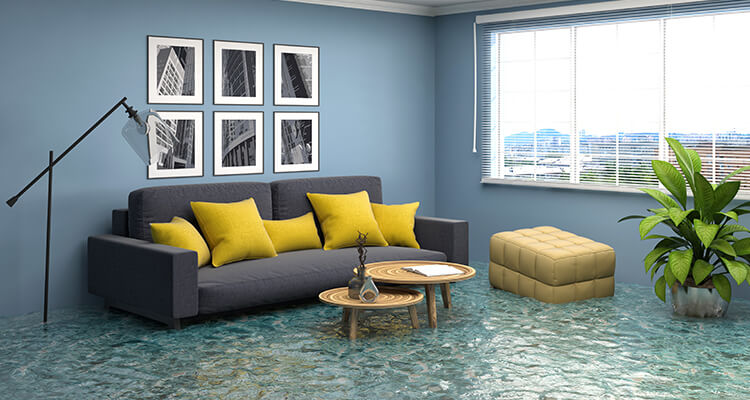
We all fear water damage. And there is a wide array of water damage causes that can disrupt your routine. Keep in mind that this situation can take many forms and can cause serious issues inside your home. Anyhow, if you’re already in this situation, we recommend you consider requesting professional water damage restoration services. This is the only solution that will help you deal with the situation. If you’re not sure you need water damage restoration, keep reading this article. Our experts explained everything you need to know about restoring water damage and preventing additional damage.
What is water damage restoration?
As the name suggests, water damage restoration means that a team of professionals will do their best to restore your home to a comfortable house, as it was before the water damage. But to achieve this, you’ll have to take action as soon as you observe any water problems. If you’re delaying this, you risk experiencing mold growth, bacteria, and several other issues.
Overall, water damage restoration implies replacing one or all of the following: walls, floors, shelves, ductwork, heating/air conditioning systems, and even drapery and clothing. Doing this will make sure you keep your indoor air safe and free of potentially dangerous microorganisms.
How does water damage restoration work?
You should know this is an extensive process, and a water damage expert can only do it. There are several issues to consider, by your contractor will start with an in-depth assessment of your situation.
After the initial assessment, your professional will determine the type of water damage your home has:
- Class 1 damage refers to a room that was partially damaged by moisture. It is the fastest one to deal with, and it can restore your home’s comfort rapidly.
- Class 2 damage means that an entire room experiences water damage that affected both the walls and flooring.
- Class 3 damage means that an entire room faced water damage, and the water reached the ceiling. Experts say this is the worst-case scenario, but if you deal with it rapidly, chances are you’ll solve the issue fast.
- Class 4 damage is a particular situation when unique drying processes need to be performed. In this scenario, you might have to find a place to stay during the water damage restoration process. Since this is a complex process, water damage restoration will happen in stages:
- A professional will assess and determine the damage class
- He will suggest the appropriate measures based on your situation
- He will move forward to water removal with specific equipment depending on the damage
- After the water is removed, the drying process will start. This can take several weeks until your home will be dry
- All items inside your home need to be disinfected and cleaned so that you avoid mold and bacteria growth
- Water damage restoration will be started, and it might involve replacing drywall, insulation, and flooring.
Conclusion
As you can see, water damage is a severe issue for every homeowner. And the best approach to restore water damage is with the help of a professional. DIY projects can only worsen your water damage since you might lack the equipment and skills to deal with it.
